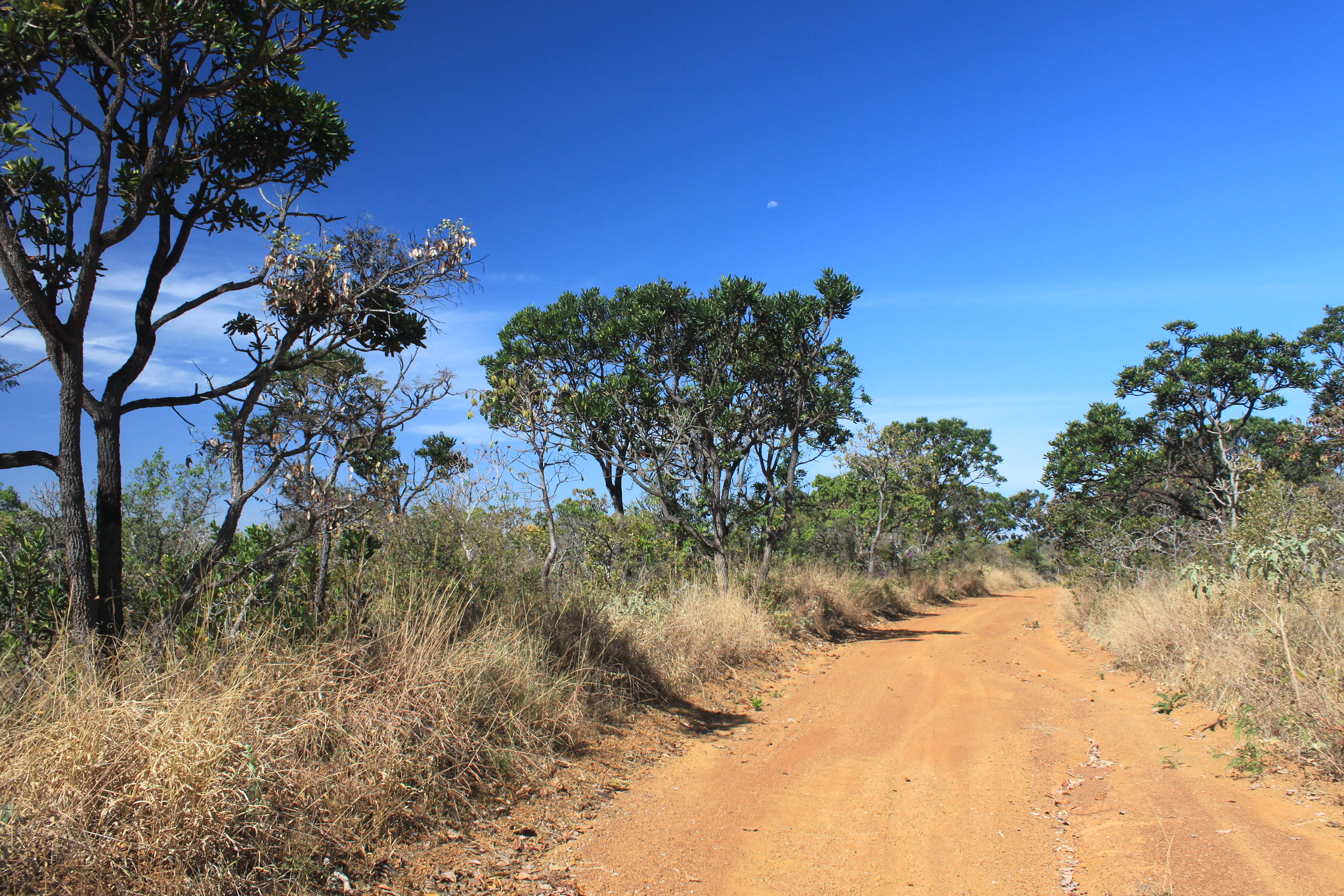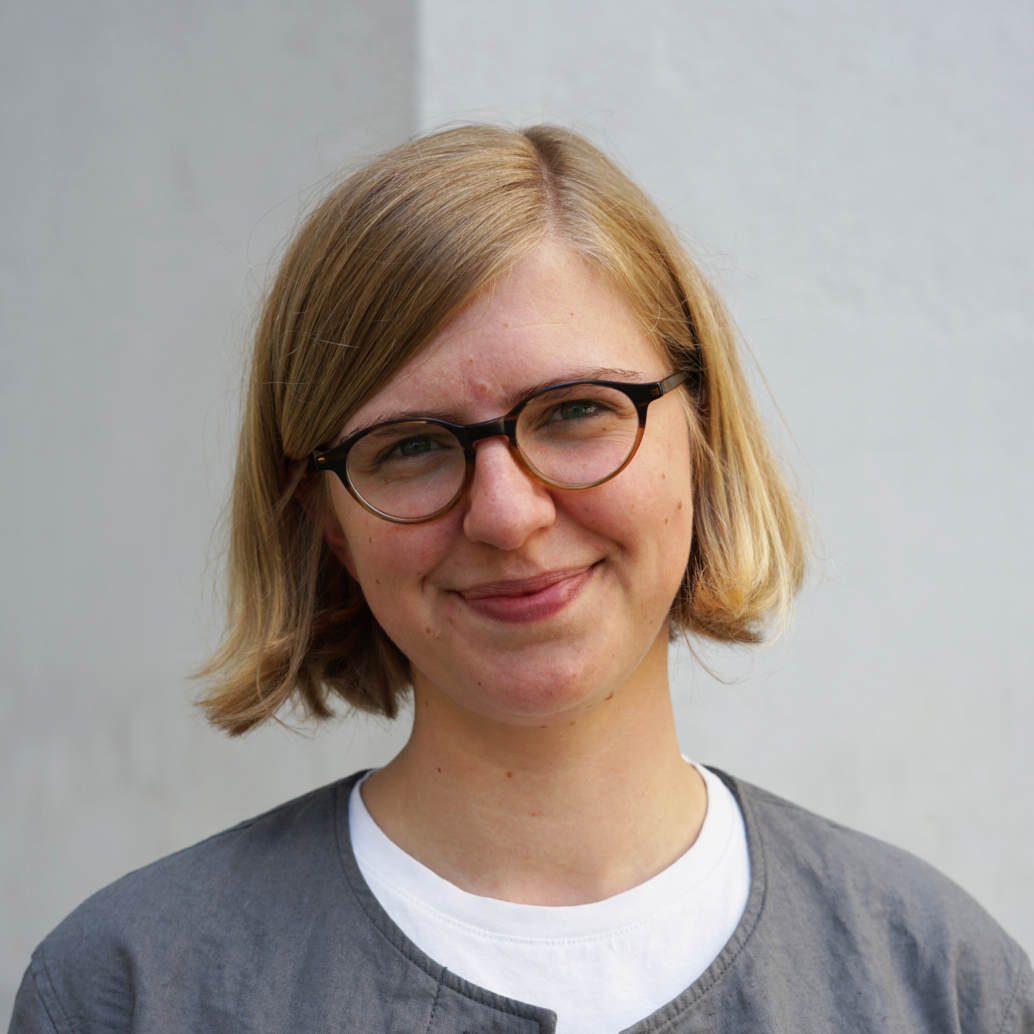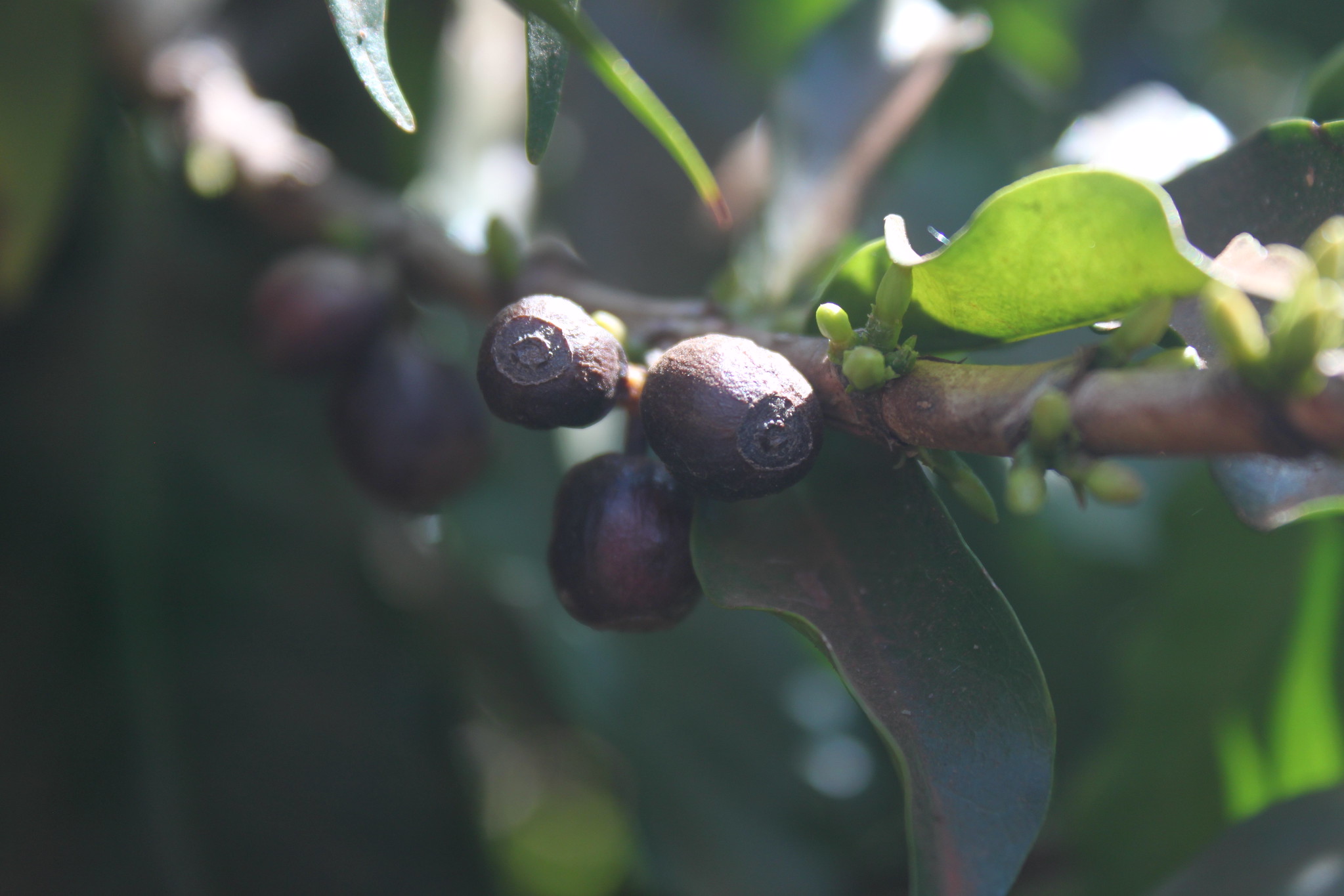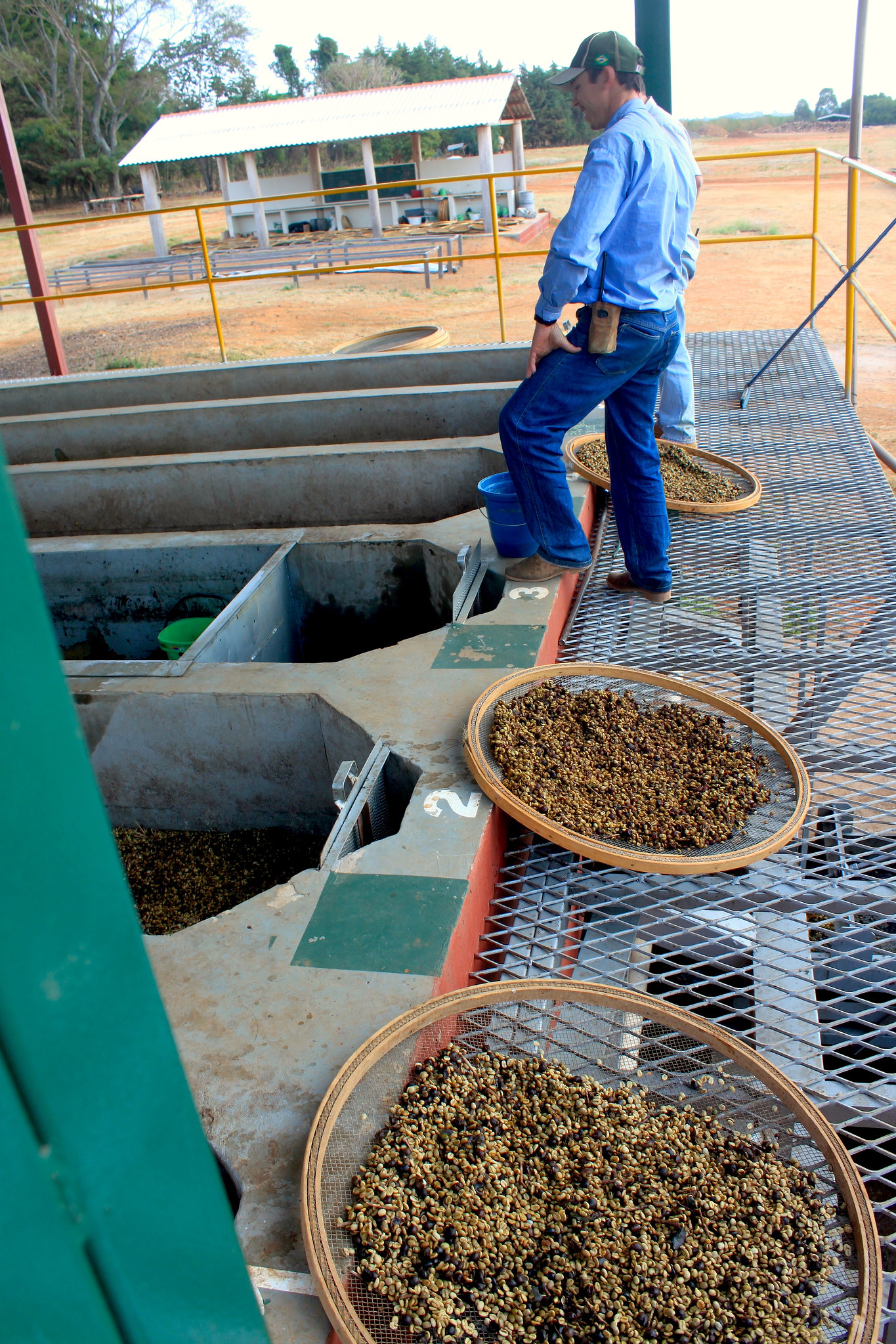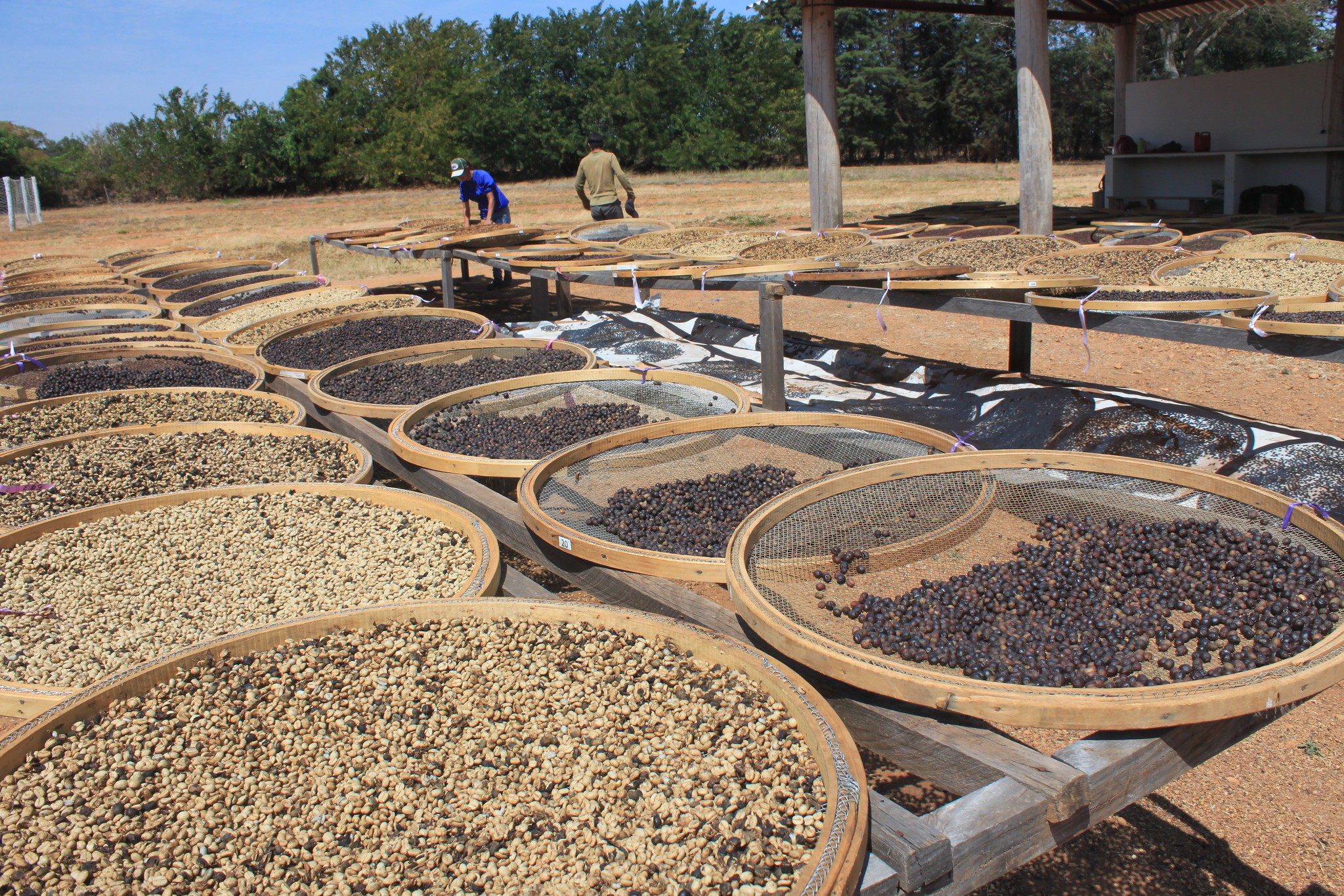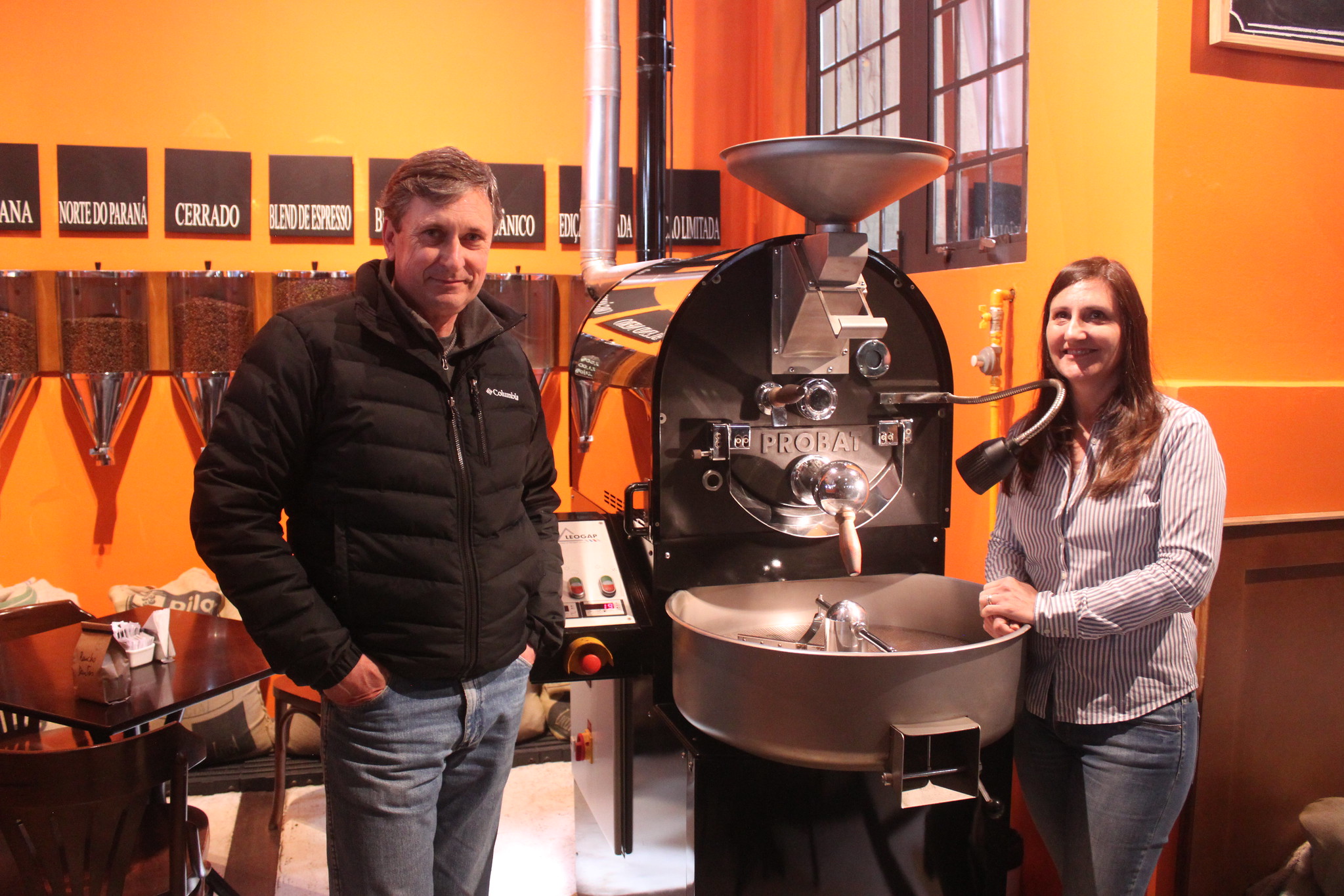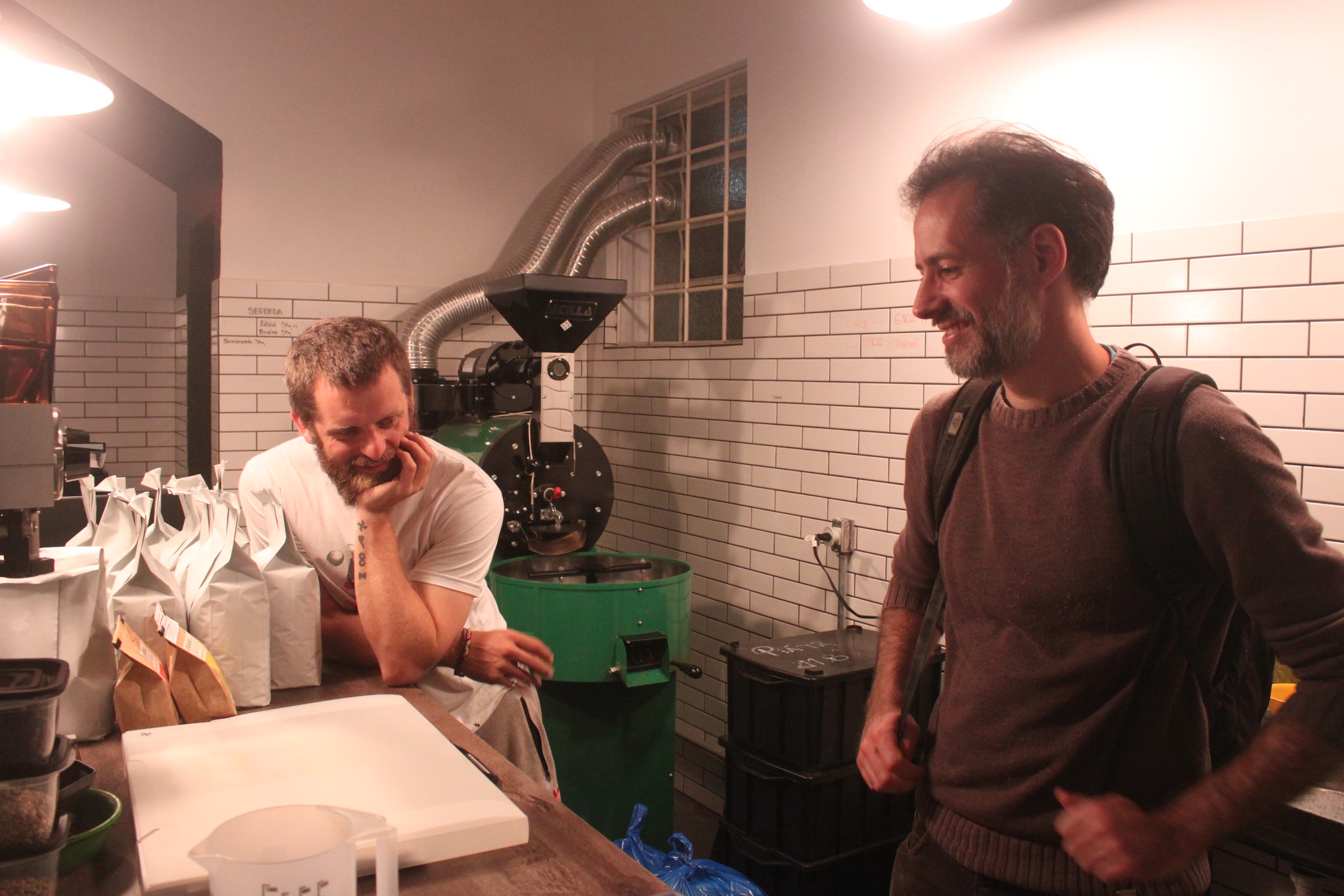Gustavo who is in charge of general quality control and production at Daterra gave me a briefing of his impressions of this years harvest.
Harvest is almost over and there is not much cherries coming in. Most of the coffee is already processed and now needs to rest for some time before it is put in containers for further transport to roasteries around the world.
This year the total production is less than anticiapted, but more than last year. One year of lower production is usually followed by higher production the following year. The cyclus for each coffeetree follows an annual pendular pattern in the amount of cherries. So you can make a very loose prognosis already one year before actually picking the cherries.
Screen sizes (the size of the beans) are smaller, and that is the main reason why the total production is smaller. When you look at the fruit including all the layers surrounding the bean, it is actually as big as usual, sometimes even bigger. But for the producers, in this case Daterra, it is the size of the bean that matters.
High temperatures is the key factor why the production is less than anticipated. Less rain is not as important this year.
The percentage of Naturals in the total production will be bigger this year compared to the percentage of Pulped Naturals.
When it comes to taste, the general impression is sweeter cup with a bit more acidity than usual. Renato has followed and cupped every lot and months before the harvest and seems content with the quality.
Smaller production also means less work at the different stations around the farm. Right now only 1 of the 2 washing stations available is used. Drying patios are used almost as much as before though. When it comes to space for drying, there can almost never be too much.
The preflowering process is quite progressed, so the hope is now that there will not come too much rain. Rain would trigger flowering, which will stop the ripening process of the cherry. And you want all the cherries to be as ripe as possible and off the tree before flowering.
There has been some expansion to the Kenyan washing station (not a name chosen by Daterra, but it gives a hint of what it is). This station of the postharvest process is used primarly for tests and very small lots.
Two factors that make this station limited in volume is that the depulpers run at much slower speed and they run with less tight settings. In comparison the depulpers at other parts of the farm processes 10.000 kg/ hour and here they run 3.000 kg/ hour.
The upside is that they will get less damaged and broken beans. In addition to testing new depulping techniques, there is also sorting two new sorting machines. One of them reacts to if there is chlorophyl in the fruit and the other is a colour sorter that reacts if the skin. has a green colour.
The aim with both these sorters is to sort floaters and green beans (immature). When this is done by machines and with no contact with water, they can control the fermentation process much better at a later stage. Normally these cherries are put in a water tank where the less preferred beans would float and this way be sorted away. When sorting cherries this way there is a limititation in speed, you can only sort 200 kg/ hour.
At the dry mill they have installed a LED sorter. It is used to sort out different defects that were not possible to detect before.
Broca.
Gustavo told me about one of the insects that is sometimes an issue at the farm.
Broca is a small insect which starts its living cycles as a larva. It is as a larva that the Broca lives and nurtures inside the coffee cherry. The mother insect first makes a hole in the shell, then it returns to put the eggs. The first hole itself is not damaging the fruit seriously, it is only if there is a larva that has eaten out of the seed that there is a problem.
The taste of the cup is not very affected unless there is a very big proportion of Broca-affected beans. The major concern is therefore actually about the total loss in production. The larvas will eat the fruit from the inside, which will affect the total number of kilos produced. The final production is alwys measured in weight, not in volume.
Last year we wrote about the rather unique way of judging preharvest samples by cupping.
This year we managed to get some samples with us that will enable us to try it in Denmark. It is not exactly the same conditions that Renato has when he decides for long time there is left for a lot to be harvested. But it will give us an idea of how different the samples tastes depending on the ripening stage.
CURITIBA
This year I also went for a day to Curitiba, Parana in southern Brazil, before heading on to Daterra.
Lucca has been around for many years and has been a driving force in sourcing greens, roasting and various barista competitons. We cupped together almost their whole range and I was impressed with how different all the coffees were at this level. Georgia and Luiz Octavio are the owners that showed me everything from their coffees to their menu of inhouse-made pastries, steak and coffee beer.
4Beans is a new roastery where I met 2 of the 4 owners. Otavio Liñares is a Brazilian Barista Champion who met up and brewed me some excellent Aeropress and V60. The place is very small, seating almost not possible, but the atmosphere is very welcoming and several people passing by came in with questions and ordered coffee. Juca Esmanhoto is one of the other owners. He has also started the Rause Cafe which now consists of 3 Cafes with coffee, food and wine (and beer). The places are very focused on coffee, but they didn’t hesitate for long when I asked them which wine would go best with a Pao de queijo (cheese bread).
Please check out Jucas current project Rause Cafe Na Estrada where he and others will go to brazilian coffee producing regions and serve espressos from the very same regions from their van.
Would you like to get our different coffees delivered directly to your doorstep? We've got you covered.
Address
Coffee Collective
Godthåbsvej 34B
2000 Frederiksberg
CVR: 30706595
Contact
mail@coffeecollective.dk
+45 60 15 15 25 (09.00-15.00)
Coffee and cookies
This site uses cookies.
Find out more on how we use cookies.
